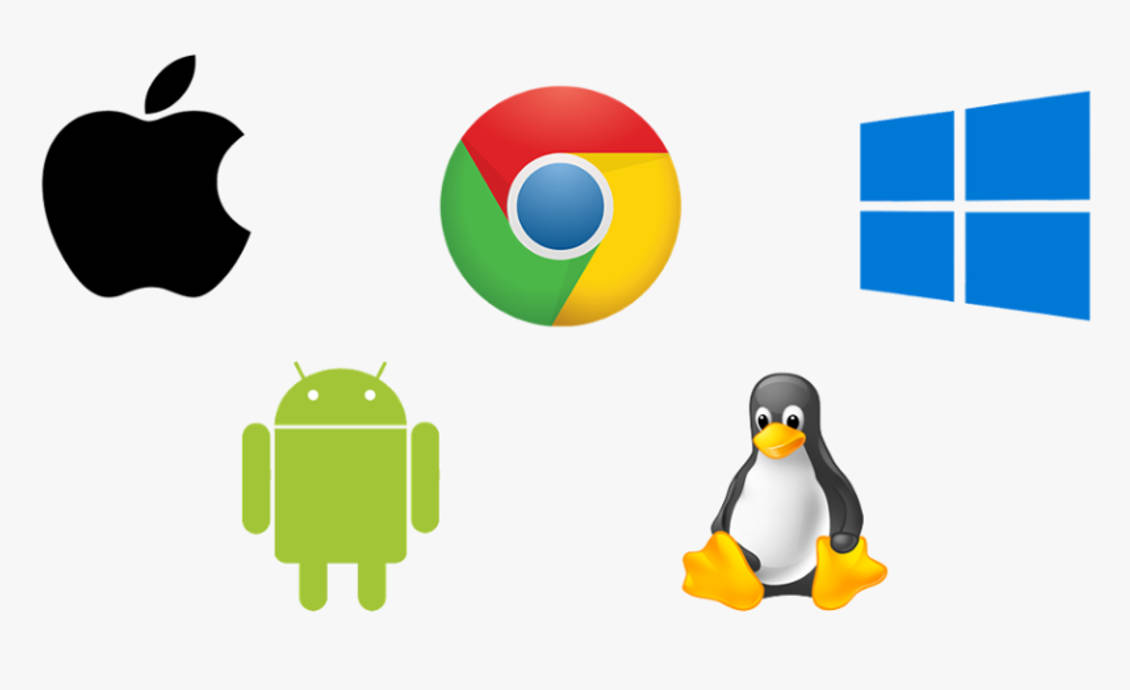
Operating System
Author: Rushikesh Chavan
Date: 30-09-2022
Operating System
An operating system (OS) is system software that manages computer hardware, software resources, and provides common services for computer programs.
Time-sharing operating systems schedule tasks for efficient use of the system and may also include accounting software for cost allocation of processor time, mass storage, printing, and other resources.
For hardware functions such as input and output and memory allocation, the operating system acts as an intermediary between programs and the computer hardware, although the application code is usually executed directly by the hardware and frequently makes system calls to an OS function or is interrupted by it. Operating systems are found on many devices that contain a computer – from cellular phones and video game consoles to web servers and supercomputers.
The dominant general-purpose personal computer operating system is Microsoft Windows with a market share of around 76.45%. Apple Inc.'s macOS comes in second (17.72%), with Linux flavors tied for third (1.73%). In the mobile sector (which includes smartphones and tablets), Android is expected to account for up to 72% in 2020[4]. According to data from the third quarter of 2016, Android's share of smartphones dominated at 87.5%, with an annual growth rate of 10.3%, while Apple's iOS was 12.1%, with a 5.2% decline in market share. I'm here. Linux distributions dominate the server and supercomputing space. Embedded and real-time systems exist for many applications, including other specialized classes of operating systems (specialized operating systems). There are also security-oriented operating systems. Some operating systems have lower system requirements (such as lightweight Linux distributions). Other system requirements may be higher.
Some operating systems require installation or are pre-installed on the computer you purchase (OEM installation), but run directly from media (such as a Live CD) or flash memory (such as a USB stick) There are things you can do.